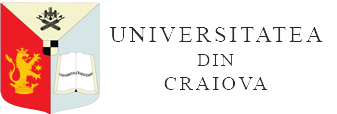A BRIEF REVIEW ON THE INFLUENCE OF FLAG LEAF ON CEREALS PRODUCTION
DOI:
https://doi.org/10.52846/aamc.v52i1.1351Abstract
Production in cereal crops is due to some complex physiological and biochemical processes, but is essentially associated with the process of carbohydrate accumulation in the grain filling phase which in turn is attributed to leaf functionalities. A critical stage in the development of wheat plants is the emergence of the final leaf called the flag leaf. At this point the emphasis of management needs to shift to its protection as the flag leaf is critical for attaining high grain yields. Unlike other leaves in the reproductive phase, flag leaves are the main organ for photosynthesis, providing the main assimilated source for plant growth and spike development and also for sensing environmental conditions conducive to adaptation. This short review aims to analyse some of the most important results from the specialized literature regarding the influence of the flag leaf on cereal production. The main documentation platforms were Google Scholar and Web of Science. The importance of the flag leaf in generating yield in grains is without dispute. Protecting the flag leaf is critical to attaining high yields. The vigil starts as soon as growers are able to recognize when the flag begins to emerge.


